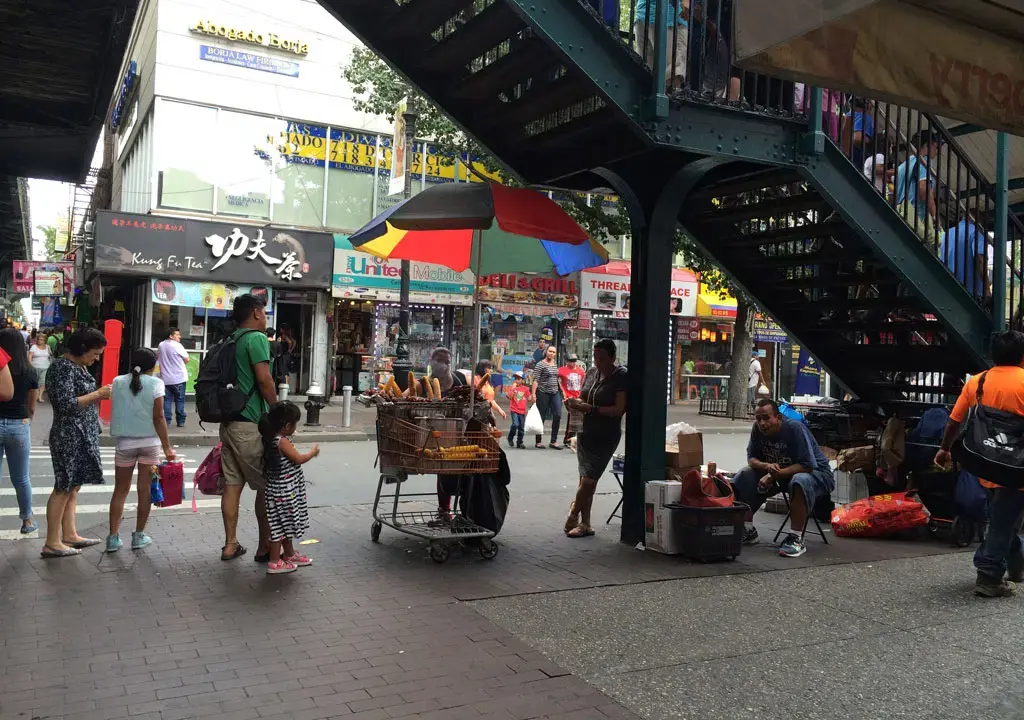Golden Krust Marks 25 Years in Bed-Stuy, Reminding Us Why Patties Endure

Amid demographic and political shifts, the 25th anniversary of Brooklyn’s Golden Krust Fulton Street outpost offers a window into deeper dilemmas about identity, equity, and the evolving soul of New York City.
The scent of baking Jamaican patties still hangs heavy over 918 Fulton Street, as it has for a quarter century. In an epoch when Brooklyn’s brownstones command eye-watering prices and Fulton’s discount stores jostle with vegan pop-ups, the Golden Krust Caribbean Restaurant, founded by Andrew Thompson in 2000, endures—a pungent symbol of both the city’s changing fortunes and its stubborn continuities.
This week, Golden Krust’s silver anniversary is prompting celebration, reflection, and just a whiff of nostalgia. For Mr Thompson, who parlayed a career as a Golden Krust sales executive (and an in-law connection to the Hawthorne family, its Jamaican American founders) into local entrepreneurship, the bet paid off handsomely. The small chain, itself born in the Bronx in 1989, is now the largest Caribbean fast-food franchise in America, with over 100 locations—an improbable feat by any metric.
But the resonance of this milestone is not merely commercial. For Brooklynites, the longevity of Golden Krust on Fulton is a reassuring counterpoint to a string of vanished local landmarks, erased by gentrification or pandemic closures. It is, if nothing else, evidence that Black- and immigrant-owned businesses retain a stubborn foothold in a borough long defined by wave upon wave of newcomers.
The neighbourhood around the restaurant bears little resemblance to the one Mr Thompson greeted in 2000. Bed-Stuy, once synonymous with white flight and urban decay, now boasts Brooklyn’s highest voter turnout, surging real-estate prices, and a shifting, if not always tranquil, social landscape. Small business survival, let alone growth, is hardly guaranteed.
The implications reach further than jerk chicken and patties. Black entrepreneurs face unique challenges in New York’s bruising market. According to the city’s Department of Small Business Services, firms owned by people of colour saw a steeper dip during the pandemic, with recovery lagging behind white-owned counterparts. Efforts to aid minority- and women-owned business enterprises (MWBEs) abound—Michael Garner’s City MWBE programme is expanding, and workshops are multiplying—but the hurdles are formidable: capital access remains puny, permits tangled.
Political winds, too, are shifting. This year, Brooklyn has proved a bellwether for outsized voter engagement and sharp generational divides: conservative Gen Xers like Mayor Adams, moderate boomers such as Andrew Cuomo, and leftists like Assemblyman Mamdani are jostling for position. On the ground, many constituents care less for ideological skirmishing than for practical progress—a reliable landlord, safe streets, good schools, a corner store that remembers your order.
At the policy level, efforts such as the NYS Office of Gun Violence Prevention, underpinned by Chandler-Waterman and Myrie’s legislation, reflect a local appetite for systemic answers to social ills. Similarly, increasing scrutiny of public pool safety and right-to-counsel initiatives for tenants in housing court signal a city learning—but not always swiftly—to nurture the vulnerable.
Against a backdrop of national reckoning
Brooklyn’s knotty tapestry mirrors a wider American debate about race, memory, and economic justice. This month, the repatriation of 19 skulls to New York from Leipzig—a macabre legacy of 19th-century racial pseudoscience—made headlines. Such gestures, emotive but ultimately symbolic, rarely alter the starker economic or political picture for the communities most affected. The same is true of rhetorical battles over DEI: while the NAACP pushes back against anti-diversity attacks, New York small businesses must contend with higher costs, recalcitrant lenders, and uncertain city policy.
Globally, too, cities struggle to square the circle of development and displacement. London and Toronto have watched Caribbean enclaves fade or be commodified for mass consumption; Berlin tenants march to keep their apartments affordable; Parisian banlieues oscillate between regeneration and resentment. New York’s scale may be gargantuan by comparison, but the basic tension applies.
What lessons for New York? The dry data suggest that fostering Black- and immigrant-owned business is neither sentimental nor parochial: it is essential if the city is to avoid becoming a mausoleum of affluent sameness. Programmes to boost MWBEs are necessary but not sufficient. Zoning, lending, and commercial rent regulations must reckon with the realities of both innovation and preservation if the “soul of the city” is to be more than a slogan.
We harbour no illusions about halting change. Demographics shift; tastes evolve. But in our reckoning, the modest endurance of places like Golden Krust deserves claim as more than a cheerful curiosity. It hints at the possibility—a fragile one—of uniting commercial dynamism with local roots.
After all, the essence of thriving cities is less their skyline than their street-level bustle: shops where immigrant families, millennial newcomers, and old-timers alike share a meal, convene a meeting, or simply enact daily ritual. Golden Krust’s survival, amid the churn, shows that tradition and progress need not always be at odds. On Fulton Street, for now, the patties keep baking. ■
Based on reporting from Our Time Press; additional analysis and context by Borough Brief.